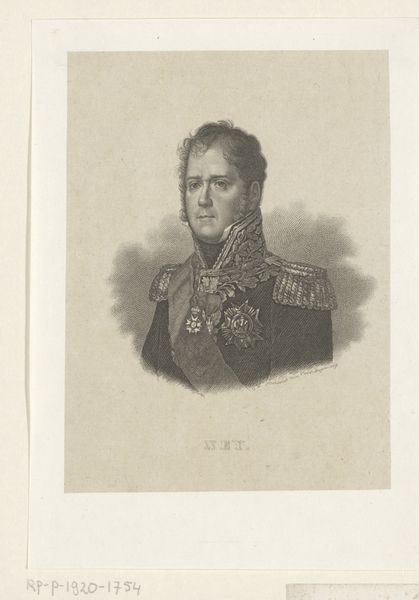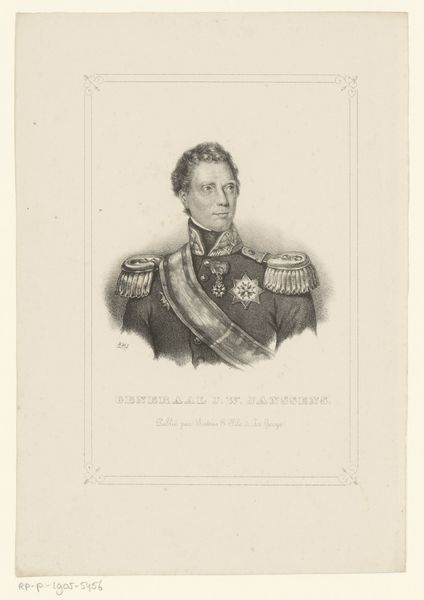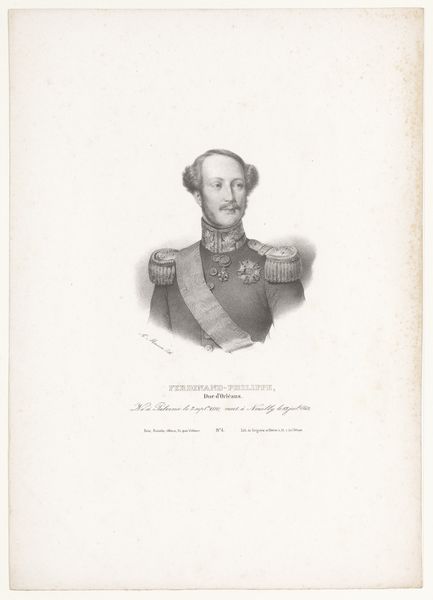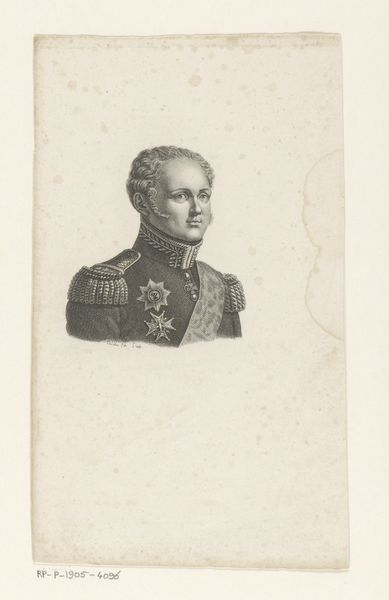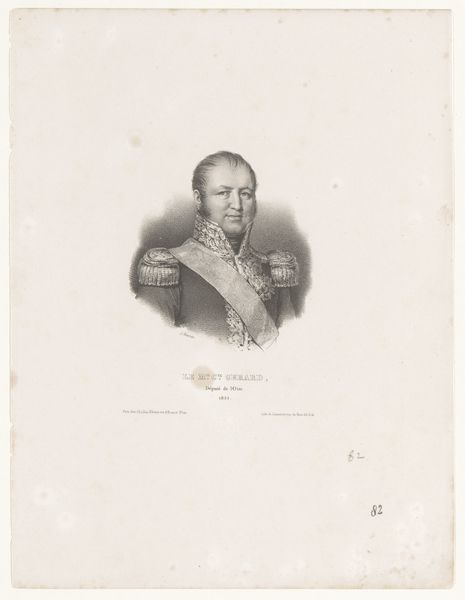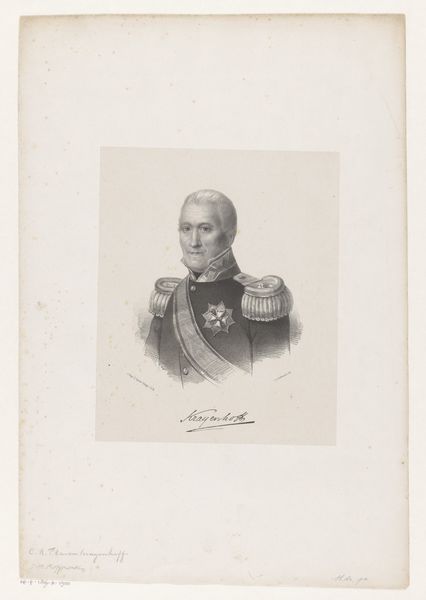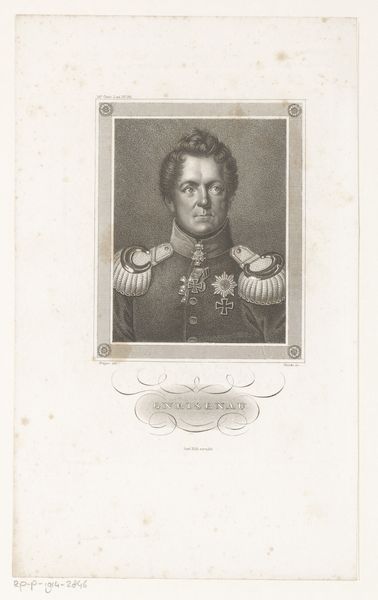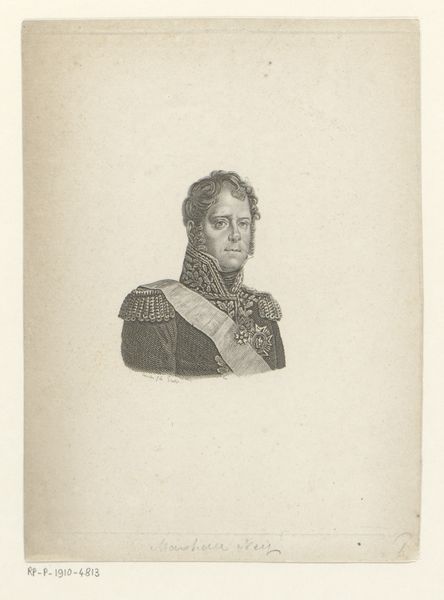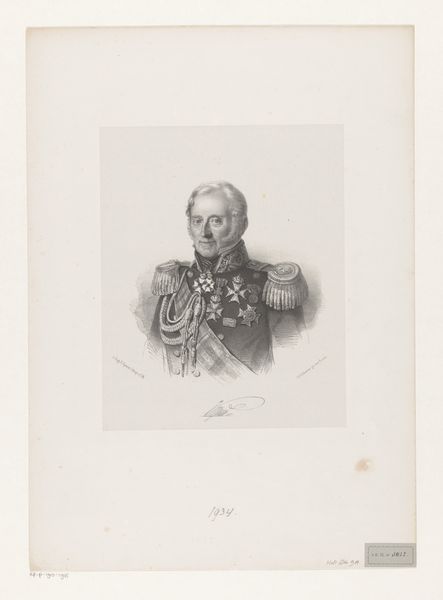
drawing, ink
#
portrait
#
pencil drawn
#
drawing
#
neoclassicism
#
pencil sketch
#
ink
#
pencil drawing
#
portrait drawing
#
academic-art
Dimensions: height 315 mm, width 248 mm
Copyright: Rijks Museum: Open Domain
Editor: This is a portrait of Karel Bernhard van Saksen-Weimar-Eisenach, made sometime between 1828 and 1843 by Theodoor Soeterik, using ink and pencil. It’s rendered with incredible detail, and the man’s gaze seems both powerful and a little sad. What kind of stories do you think this image tells about power and identity? Curator: That’s a perceptive reading! Consider the historical context. This portrait situates Karel within a very specific framework of power – military, aristocratic, male. The neoclassical style itself reinforces that. Think about who gets to be represented in art, and how. This image reinforces certain dominant narratives, while inevitably excluding others. Editor: So, even the choice of medium contributes to the overall message? A drawing like this feels different from, say, an oil painting. Curator: Absolutely. Ink and pencil offer a certain intimacy, but here, it's carefully controlled, used to project an image of authority and strength. Do you notice any elements of vulnerability in this person? Or do you see this as an entirely constructed projection of dominance? Editor: I initially saw sadness, perhaps a hint of conflict in his eyes. Maybe there is a sense of the burden of responsibility? Curator: That's a fascinating perspective. Think about the revolutions that swept Europe during this period. Even those in positions of power would have been grappling with immense social upheaval and changes in how they could relate to their citizens. This tension between tradition and change, personal feeling and social role, may be subtly reflected in this image. Editor: This really gives me a different perspective, a greater depth. It’s not just a portrait of a man, but of a specific moment in history, fraught with societal shifts. Curator: Precisely. And understanding those shifts allows us to understand not just the artwork, but the ideologies it reinforces or even inadvertently questions.
Comments
No comments
Be the first to comment and join the conversation on the ultimate creative platform.
